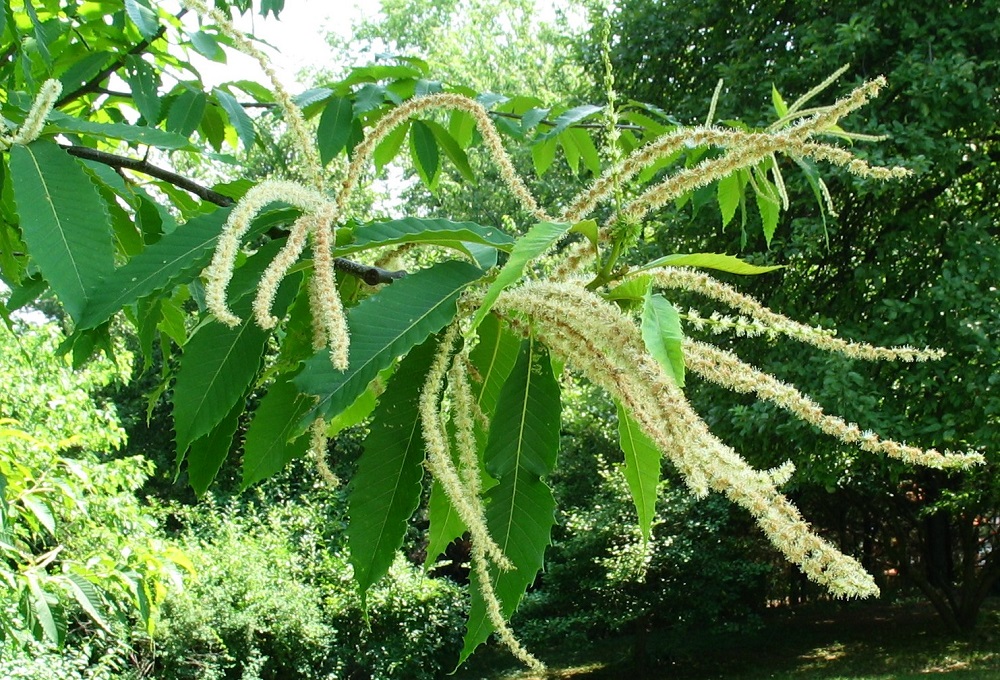There is a chance to safeguard a national symbol by weighing in on a gene-edited American chestnut trees immune to blight. The U.S. Department of Agriculture (USDA) Animal and Plant Health Inspection Service (APHIS) is seeking comments on the biotech tree.
The American chestnut, formerly a crucial component of the ecology of the Appalachian woodland with an estimated 4 billion trees, was almost completely wiped out in 1876 by an aggressive fungus that most likely traveled with Japanese chestnut seeds.
“The American chestnut also had great economic value. Its nuts can be used for food or ethanol fuel. Because the American chestnut grows quickly, has sturdy, straight-grained wood, and is very rot-resistant, it provides excellent timber,” Scientific American says.
Researchers at the State University of New York (SUNY) have been striving to resurrect the “functionally extinct” tree, which now only thrives in protected orchards.
According to William Powell, director of SUNY ESF’s American Chestnut Research and Restoration Project, by introducing a wheat gene that naturally resists the fungus, the researchers created a chestnut tree that was “genetically over 99.999 percent identical” to wild chestnuts.
The change was “less risky” and “less dramatic” than what happens through cross-breeding, said Powell.
Powell explains that an enzyme called oxalate oxidase (OxO), produced by this wheat gene, detoxifies the oxalate utilized by the fungus to create lethal cankers on the stems. This universal defensive enzyme, which has nothing to do with gluten proteins, can be found in all grain crops as well as in foods like bananas, strawberries, peanuts, and other staples billions of people and animals eat every day.
The blight-tolerant chestnut must first receive regulatory approval from the USDA before being widely planted, a process that has already taken nearly 10 years.
Before researchers may start repopulating the woodlands, APHIS and the EPA Office of Pesticide Programs must both provide their input.
“Ultimately, public input will be integral to whether restoration can go forward,” an EPA official told The Washington Post—weigh in here and get more details.




